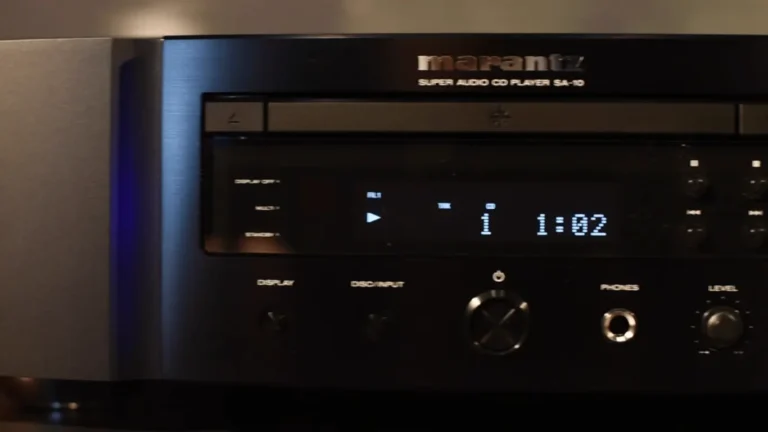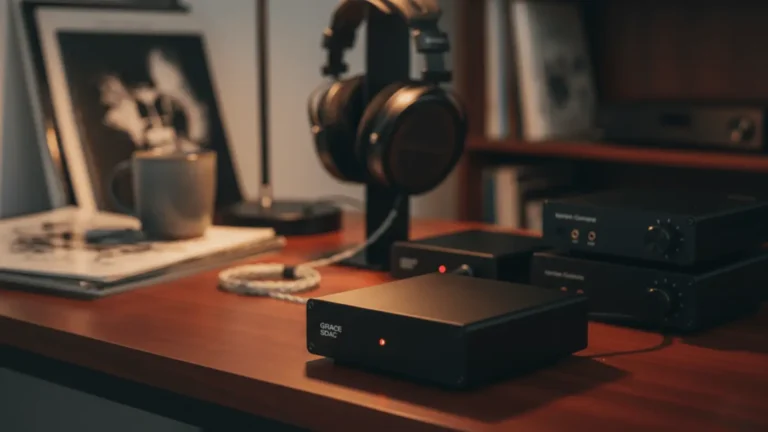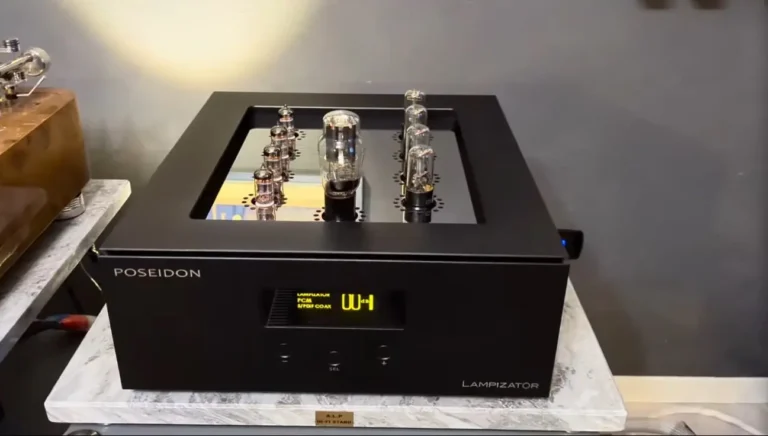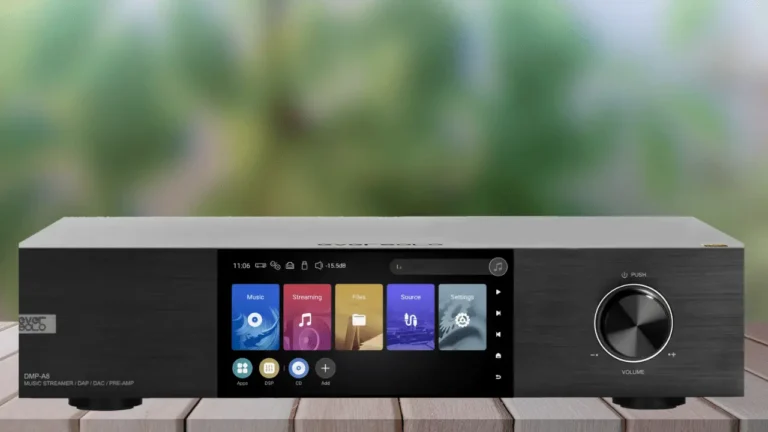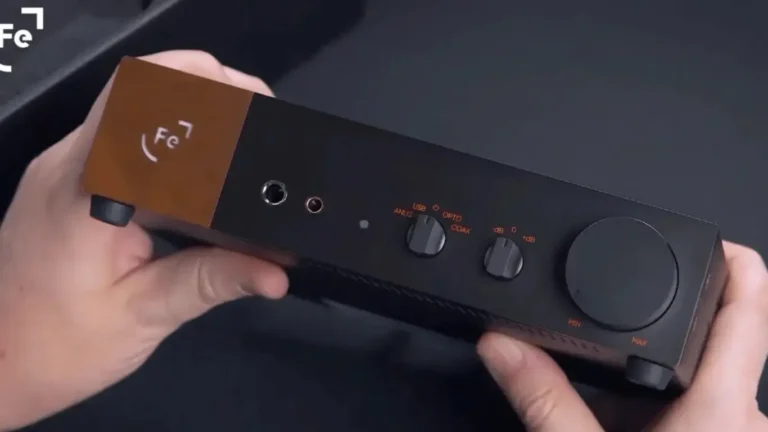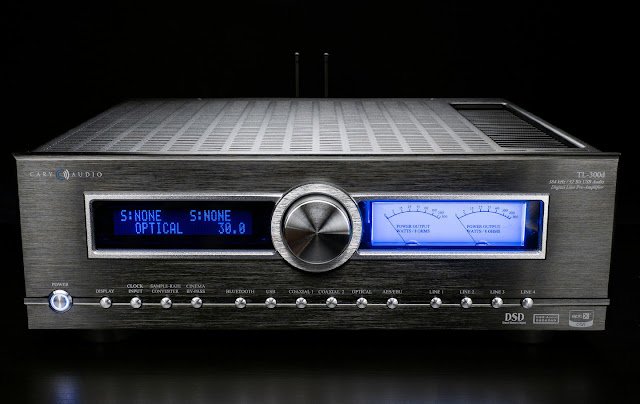I Went to Plan a Halloween Party and Ended Up Testing the Marantz SA-10
It all began while planning for the upcoming Halloween. I’d gone to visit my cousin in Brooklyn, who works at Urban Earth Studios, so I was hoping to get some inspiration for a spooky backyard theme. We were sitting on his porch, sketching out prop ideas over coffee, when something inside caught my attention: a…

